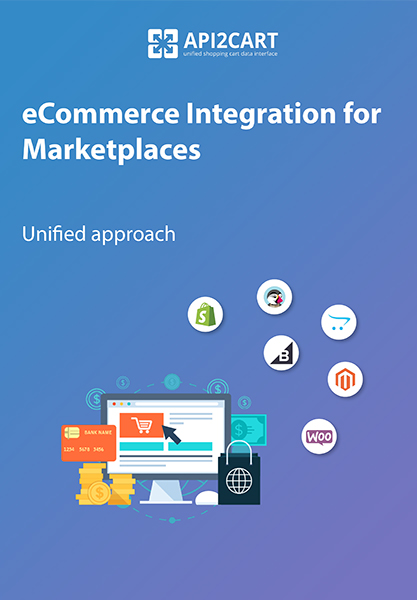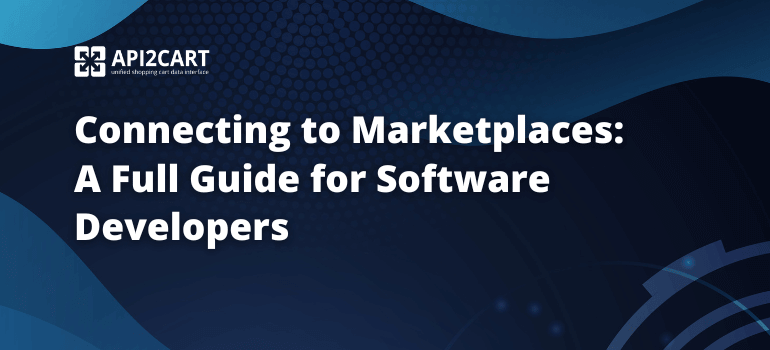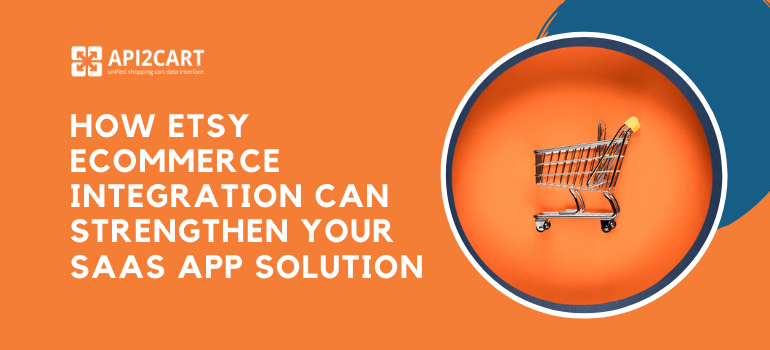
The supply and demand model has made marketplaces popular among many individuals, independent entrepreneurs, and businesses. People are conveniently buying and selling goods and services on this intermediate yet advantageous platform. Many people are trying different ways to build a marketplace website as a new source of online income.
If you’re also planning to build an online marketplace, scrutinize your market before you jump into setting up a website. Know about your target audience and study their demands, your capabilities, and the end profit. Once you have analyzed everything, you can look for some tips to get started with your marketplace website. To make it easy for you, we have come up with a handful of elements to include when you build a marketplace website.
But first, let’s get the basics right!
What is a Marketplace Website?
A marketplace website is an intermediary platform that connects buyers and sellers across the globe to transact with each other. Sellers can list and sell their goods or services on the platform, while buyers can choose from many options available to them compared to other means of shopping.
The most common examples include Airbnb, Uber, Etsy, or Alibaba, where individual sellers like homeowners can sell their homes to home buyers, drivers can offer paid drives, handicraft businesses can sell handmade items, and eCommerce businesses can sell items at wholesale rates.
What are the Benefits if You Build a Marketplace Website?
An efficient platform for vendors
Marketplace websites can prove to be very efficient for vendors across different industry verticals. Its functionality helps the sellers to conveniently carry out their operations, connect with their customers, and offer a common means to list all their products on your marketplace website.
Open multiple revenue streams
If you build a marketplace website, you don’t just charge for letting people sell their services but can also include other monetization models. Some of these include listing fees, subscriptions, commissions, advertising, and additional services you can provide to your buyers and sellers.
Success from automation
As a marketplace website owner, your primary revenue is the commission from sales. That said, no matter how complicated this process seems, it involves a great deal of automation to handle all the business operations. The platform effectively manages these processes without any major paperwork.
Offers value to customers and businesses
A marketplace can expand its horizons when it comes to attracting new customers and service providers as well. While the former can avail security, robust user experience, and location preferences, the latter can leverage lower fees, higher earning potential than other options, and create an appealing brand.
Profitable business model
The most profitable business is to build a marketplace website as it has the potential to expand quickly. This works as two-way growth for your business. As your website starts attracting more traffic, it needs more vendors to fulfill the demands. Similarly, if high-quality vendors rule over, they attract more customers.
Now, it’s time that you focus on building your marketplace with all the right elements at your disposal.
Basic Elements of a Marketplace Website

1. Business Model
Start with defining your business model - what type of customers will you target, what services will you provide, and most importantly, what industry you will cater to.
Let’s break it down.
You can build a marketplace website in one of the following three types:
- Type of participants -> Customer-to-Customer (C2C), Business-to-Customer (B2C), or Business-to-Business (B2B)
- Type of products -> Goods or Services
- Type of interaction -> Online Commerce or Online-to-Offline
Further, you need to choose between the two primary marketplace platforms - vertical and horizontal.
- Vertical marketplace - If you want to cater to a specific industry or niche, you can go with a vertical marketplace that lists a specific good or service from different clients.
- Horizontal marketplace - If you want to build a marketplace website that deals in multiple goods and services but share a common characteristic, you can go with a horizontal marketplace.
Either of the types and platforms you choose to build your marketplace, make sure that it is valuable and responsive for both buyers and sellers that come to your marketplace.
2. Software Platform
The next step is to select a potent platform or software on which you will build a marketplace website. The platform will be responsible for all your business operations, transactions, and other marketplace activities. So, it would be best if you made a wise decision here.
Let’s make it easy for you! You have two options to build your marketplace on a software platform:
- Use an existing software or platform
If you’re looking for a no-brainer solution for your marketplace, build your website on a ready-made marketplace software like Magento, Shopify, WooCommerce, etc. You can choose how much control you need over your marketplace.
You can also go for an open-source solution for full control over your marketplace if you need to be a leader like Amazon or Flipkart.
- Build a customized marketplace website
If you want to build a marketplace website that you can have complete control of with a custom business logic, you can create it from scratch. Consequently, you can have your functions and features to make it productive for businesses and customers.
No matter how time-consuming and expensive the process is, but you can customize your marketplace to win over your competitors and offer upgraded functionality to your participants.
3. In-house Development Team
Now, if you have decided to build the marketplace website from scratch, you will need a skilled, experienced, and robust in-house development team by your side. The team will be responsible for shaping your idea into reality.
Having an in-house development team ensures that your marketplace is built under your guidance with all the features and functionalities you want it to exhibit. Your team will work closely with you to understand your expectations from the marketplace and incorporate all the necessary elements in it.
From building an interactive and responsive website to product and information pages, integrating third-party services for an upgraded experience, and looking after maintenance - an in-house team can back you with comprehensive support.
However, having an in-house development team may equip you with some challenges, too if you wish to build the marketplace website from scratch.
Working on a marketplace website is a great project idea in itself, and hence, investing in a team can be equally expensive. Be it training your employees, installing new technologies for the project, or paying them a salary - everything requires a significant amount of investment.
Hence, you need to choose your team keeping in mind all the above-mentioned factors.
4. Payment System Integration
After setting up your marketplace website, the next big thing is to integrate a payment system for your buyers to transact with the sellers. As mentioned, it won’t be possible without your in-house team as the developers will incorporate the code as they build the marketplace website.
Coming back to the process, you need to be very selective when looking for payment options. The most common ones include Stripe, PayPal, Amazon Pay, etc.
Before you finalize any payment services, don’t forget to research your target audience and their payment preferences. It is possible that a particular payment option is not common among a certain group of buyers or your sellers may refuse to accept their payments from that service.
Besides, there is a certain fee associated with every payment option that you choose to integrate with your marketplace. You may need to look at the budget limitations of your sellers while choosing a payment service. After all, they will be the people to receive payments from those gateways.
No matter how complicated this process seems, these are the primary factors to consider when you integrate a payment system while building a marketplace website.
5. Third-party Solution for Integration

Shopping Platform Integration for Marketplace Websites
Explore how to develop the integration with multiple shopping solutions easily.
Shopping cart integration is a must for your marketplace website as it helps you to establish a connection between your website and the different sales channels. Without this link, you wouldn’t be able to access important information about your customers, products, orders, shipments, etc. from those channels.
But the challenge is to develop those integrations as there are multiple integrations to be developed with each of them having their own pitfalls.
For example, your development team may need additional training for these integrations, resulting in extra expenses and time consumption.
An alternative yet effective choice to build marketplace website integration is to use a third-party solution like API2Cart. It is a unified shopping cart and marketplace API that allows you to connect your marketplace with more than 40 eCommerce platforms and shopping carts in just one go.
Furthermore, there’s no need to pay for additional maintenance and updates as our API package is all-inclusive of these services. Using API2Cart, you can communicate with all your clients’ stores based on Shopify, Magento, WooCommerce, BigCommerce, eBay, and more.
The Bottom Line
Without the basic elements, it is next to impossible to build a marketplace website that meets your business objectives or yields profit for your business. There’s more to add to the list, but the five elements mentioned above set the foundation of your marketplace. Make sure you leverage them wisely.
If you need to integrate your marketplace website with multiple eCommerce platforms at once rely on API2Cart. You can test the service for 30 days for free and see if it fits your business. In case you have some questions about how API2Cart works feel free to schedule a call with our representative or contact us by email.



